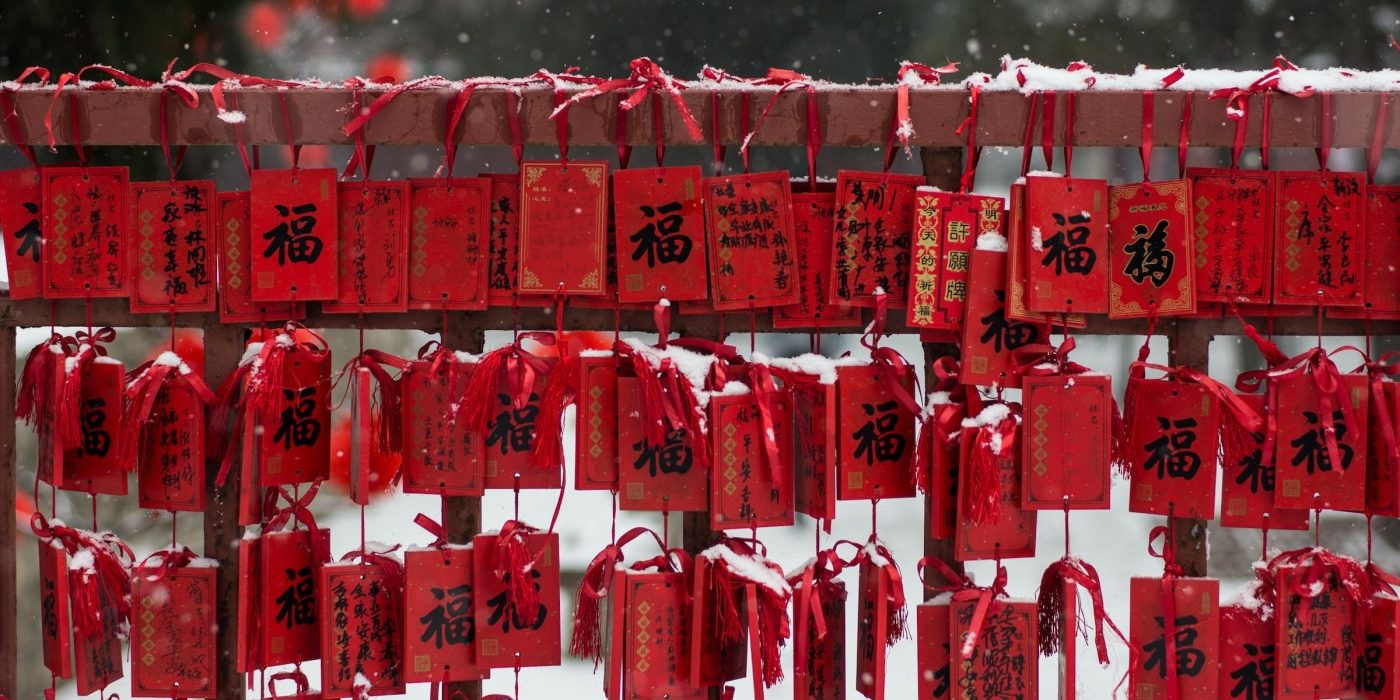Exploring Tradition: Lunar New Year
The celebration of the lunar new year commences amongst families with rich showings of ancient Chinese culture through the famous iconography of the red dragon, street parades, large markets, and lanterns. To those familiar with the celebration, it will be no surprise to see shocks of red symbolising good luck. The holiday, celebrated by more than 1.5 billion people, has a history of 3,500 years of celebration.
Lunar New Year fell on 22 January this year in the Gregorian calendar. Moreover, this is the first new year’s celebration after the COVID-19 lockdowns during previous years. This date fluctuates but tends to fall consistently between 21 January and 21 February. These dates fall toward the beginning of the ancient lunisolar Chinese calendar. Furthermore, lunisolar calendars incorporate solar and shifting moon profiles. In general, it is roughly 12 days shorter than the Gregorian calendar. The other nations using this calendar include Vietnam and the people of Thailand.
The holiday is differentiated primarily by the enormous portions of Korean foods distributed at events and performances of ancient traditions
Other nations celebrating the lunar new year include nations in East Asia, many of which hold celebrations due to their comparative histories of integration with Chinese culture through centuries of intervention and some organic spread of Chinese culture. These countries and regions include Hong Kong, Taiwan, Vietnam, and South Korea, all celebrating simultaneously, while Mongols and Tibetans celebrate the new year a couple of months later. In South Korea, the new year is also markedly family oriented. The holiday is differentiated primarily by the enormous portions of Korean foods distributed at events and performances of ancient traditions, such as indulgence in prayer and reverence and remembrance for ancestors of a bygone era. Moreover, the traditions are further differentiated from the Chinese celebrations by the three-day scale of the event.
In Vietnam, new year’s celebrations are markedly similar to those around the globe with their use of fireworks to mark the beginning of a new year which is a symbol of new year’s celebrations in many countries. These unique firework displays occur around the wonders of the world and monuments that have shaped individual nations’ histories and purposefully noisy ceremonies. Parades also contain masked individuals as a critical component of parades in Vietnam.
We also cannot do the injustice of forgetting the sumptuous meals served during this time. Some of these have become staples in the UK’s Asian cuisine because of Chinese mass migration influencing cultural traditions. Displays are viewed during this time in London’s very own Chinatown Lunar New Year celebration. Traditional Chinese foods at this time include dumplings, spring rolls, steamed fish, and rice balls.
Key features of the celebrations include gift giving through bright red, glossy envelopes, also referred to as ‘Hongbao’
The musicality of this great event includes those primarily percussion-based instrument variants, with most large and non-mobile allowing for a powerful sound with large bands of drummers playing deep beats in tandem, along with gongs and cymbals that ring metallic audio reverberating around parades and playing alongside other artists.
Key features of the celebrations include gift giving through bright red, glossy envelopes, also referred to as ‘Hongbao’. These, too, feature at other celebrations such as weddings and feature the signature gold embossed Chinese characters that, when translated, impart messages containing wishes of good fortune, ‘happy new year’, and general prosperity to those receiving them. Inside these small humble envelopes, it is customary to give money or notes. Distributing these envelopes to friends and family is a tradition rooted in the 19th century. It was similarly distributed to young children on the eve of the new year and often contained coins instead of notes as they do in their more contemporary use.
Moreover, this year falls upon the year of the rabbit. The last year of the rabbit was 2011. According to the great myth of the zodiac animal race and the Jade Emperor, the rabbit represents arrogance and self-belief but ultimately falls behind in the remaining moments of the competition, trailing the rat and ox along with the tiger.
China’s President Xi Jinping extended his ‘greetings’ and ‘New Year wishes to all of you’ in his New Year address. The president also spoke of China’s great history, the global pandemic, and its toll upon the nation. Despite this, he seemed positive about the future position of China overall. He attempted, through his speech, to evoke a sentiment of togetherness amongst the people of China despite recent unrest due to COVID-19 lockdown orders stating that ‘Going forward, China will be a country that draws its strength from unity.’

Comments